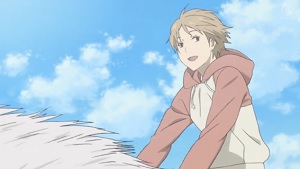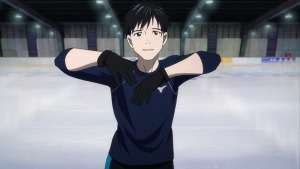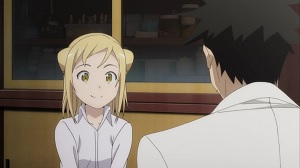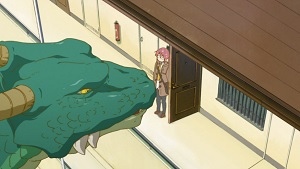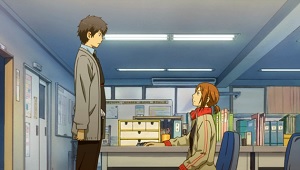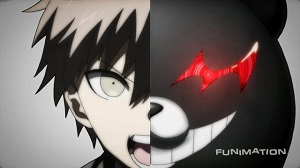written by Laurie Tom
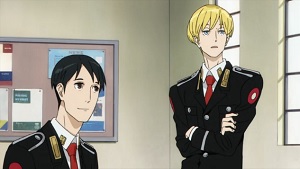
ACCA: 13-Territory Inspection Dept. is a slow burn, sometimes agonizingly slow, which is incredible considering that there are rumors of a coup with secrets all over the place and multiple characters who have no idea who can be trusted. Each episode feeds into the audience’s pool of knowledge and yet the truth feels frustratingly out of reach for half the show.
This isn’t necessary a bad thing, as it’s a ground zero view of the information most of the POV characters are working with, but ACCA plays its cards so close that the world seems made up of trees rather than a forest.
The Kingdom of Dowa faced a failed coup d’état a hundred years ago and to maintain peace through the varied territories, the response was to give them relative autonomy from the main government with an overarching agency called ACCA to oversee them.
Dowa today is a world much like ours, so there are cell phones, airplanes, and other modern conveniences, though there are some odd differences such as cigarettes being an incredibly expensive luxury good. And it’s through the ability to burn through such goods that we’re introduced to our protagonist, Jean Otus.
Jean is the deputy chief of ACCA’s inspection department, and as such it’s his job to travel around to the thirteen territories and make sure that everything is in order. In theory his job is supposed to look for signs of sedition, but the country has been so peaceful ever since the establishment of ACCA that in the first episode there’s discussion of closing his department entirely.
However, there are rumors of a new coup d’état and the current monarch, the aging King Falke, does not step down to offer the crown to his grandson and sole heir Prince Schwann as most people expect. The young Schwann wants to dissolve ACCA and is shocked that his grandfather hasn’t chosen to abdicate in his favor. (And though he comes off as a brat, Schwann is far less stupid than his initial appearance suggests.)
Meanwhile, the five Chief Officers of ACCA were going to close the inspection department, but change their mind. Presumably they do because of the coup d’état rumors, but at the same time, they bar the Director-General beneath them from investigating the matter. And the Chief Officers themselves are not a united front, with some of them suspecting each other of being part of the coup.
Jean finds himself caught in the middle of all of this, because his position allows him to travel to all thirteen territories, which are widely different from each other to the point that it’s amazing that they can be considered part of a single country (and probably why there was a coup d’état in the past, because there is no national identity). Both coup sympathizers and those who wish to track down the coup see Jean as the communication line for an uprising, which places him straightly in everyone’s crosshairs.
And yet throughout the show Jean largely just does his job. There is talk of a coup, but this isn’t the kind of show where everyone’s packing heat and assassins are around every corner. Discussions of secrets and plumbing people for information can happen over dinner and cake (I’m not kidding, this show could well be described as politics with pastries) and there’s so much spinning around looking for potential enemies without finding a thing that there came a point where I was wondering if there was even a coup at all or it was everyone’s paranoia at work.
It helps that Jean is a perceptive individual. Though he’s not a schemer himself, if given a hint as to his situation, he’s quick to pick up the rest. He’s also an incredibly hard read as the audience is rarely privy to his thoughts and his usual expression is one of bored disinterest. This occasionally results in moments where it’s not possible to figure out whether he’s been blindsided or he has a plan up his sleeve, and there’s a fair enough mix that it often goes either way.
ACCA is a slow build, but the pay-off once the cat’s out of the bag is quite good, and through the show never takes off at anything resembling a sprint (if ever there was a low key conspiracy show this is it) the second half reveals everything that had been subtly building in the first. It’s fascinating watching Jean once he realizes everything at stake and it upends his world in a way neither he nor the audience would have guessed when everything started.
The manga concluded at the end of last year so that helps in that the series is able to wrap up as well. I highly recommend ACCA.
Number of Episodes: 12
Pluses: Excellent mid-series plot reveal, fascinating watching Jean and his poker face navigate through treacherous waters, delicious baked goods everywhere (if you like that sort of thing)
Minuses: Show doesn’t really take off until second half, oddly relaxed pacing for a conspiracy involving a coup, hiding Jean’s thoughts from the audience becomes a little unfair once the ending is revealed
ACCA: 13-Territory Inspection Dept. is currently streaming at Crunchyroll (subtitled) and Funimation (dubbed). Funimation has licensed this for eventual retail distribution in the US.

Laurie Tom is a fantasy and science fiction writer based in southern California. Since she was a kid she has considered books, video games, and anime in roughly equal portions to be her primary source of entertainment. Laurie’s short fiction has been published in Galaxy’s Edge, Strange Horizons, and the Intergalactic Medicine Show.

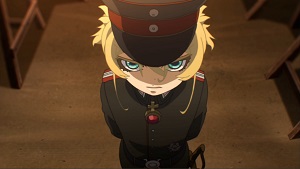
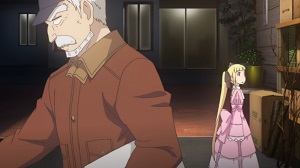
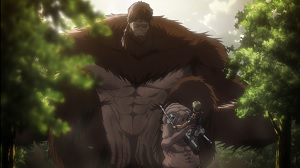
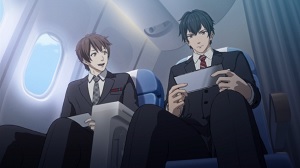
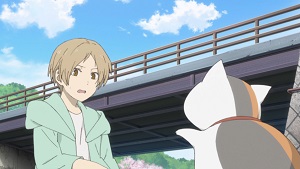
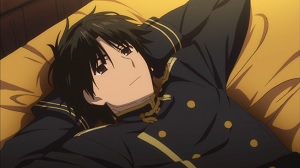
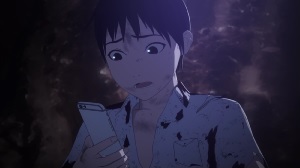 Ajin initially bears a superficial resemblence to Tokyo Ghoul, in that the protagonist goes from normal human being to a monster in the first episode. From there Kei Nagai undergoes a similar journey from lamenting his fate to accepting what he is, but Kei’s journey progresses faster and he takes a decidedly different tack when it comes to dealing with what he’s become.
Ajin initially bears a superficial resemblence to Tokyo Ghoul, in that the protagonist goes from normal human being to a monster in the first episode. From there Kei Nagai undergoes a similar journey from lamenting his fate to accepting what he is, but Kei’s journey progresses faster and he takes a decidedly different tack when it comes to dealing with what he’s become.